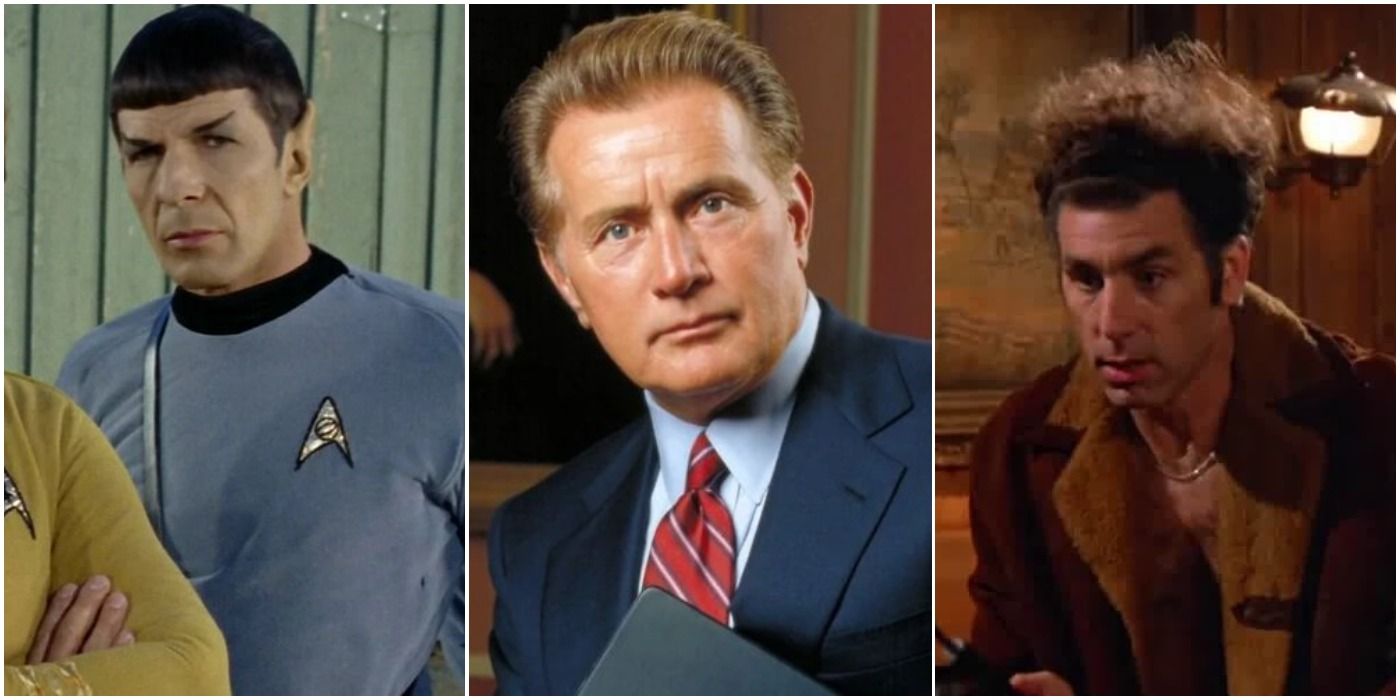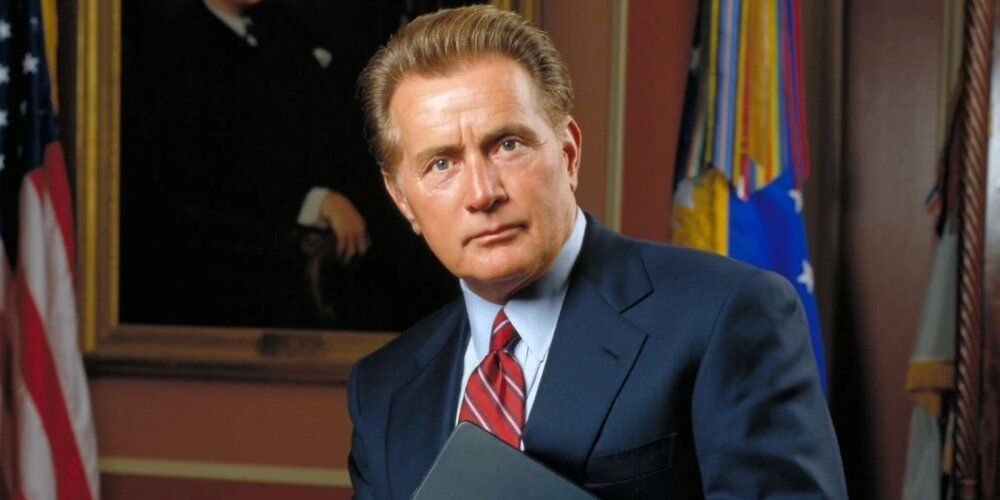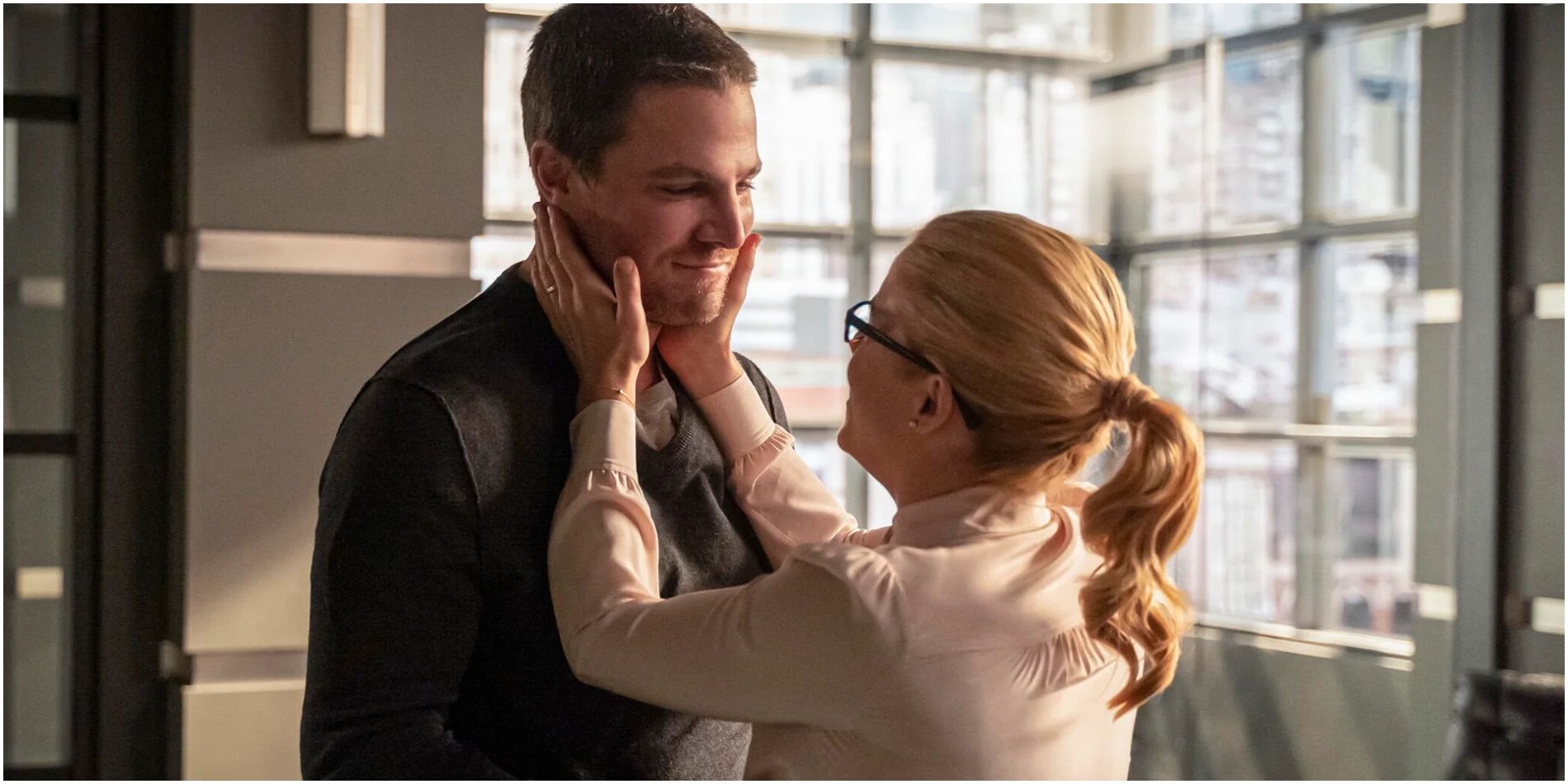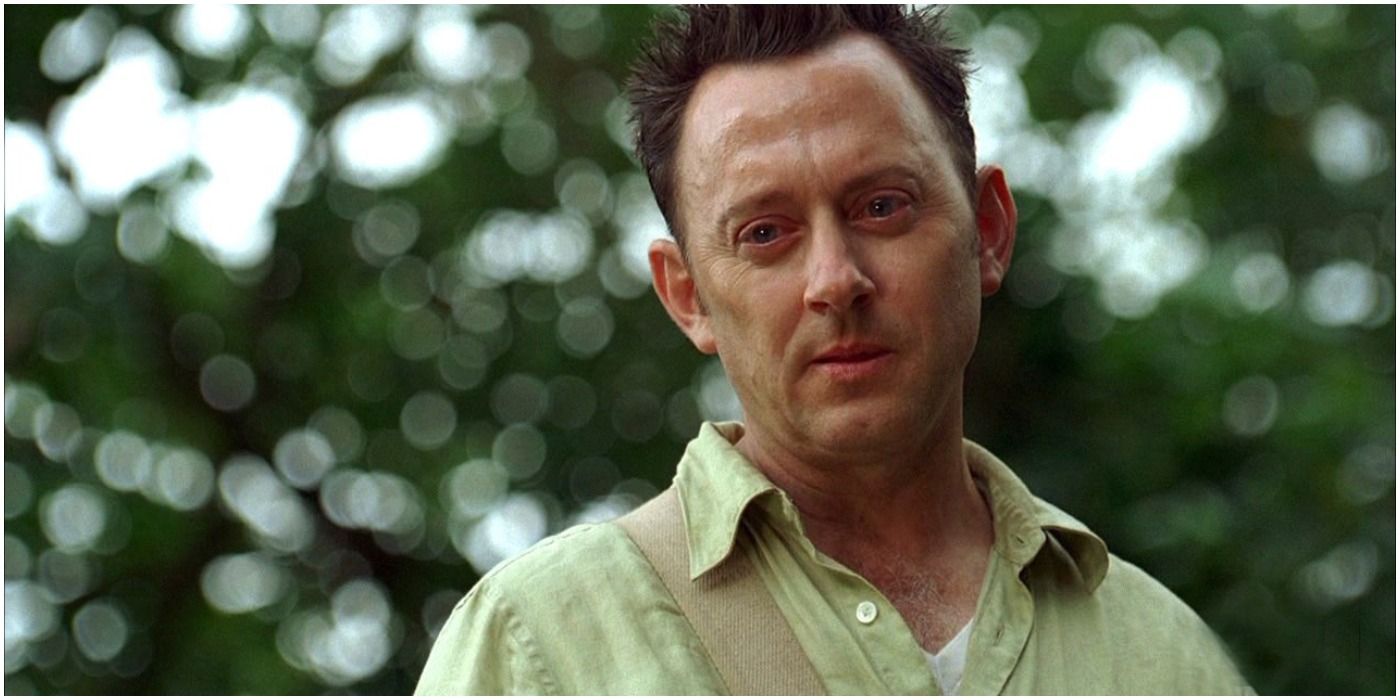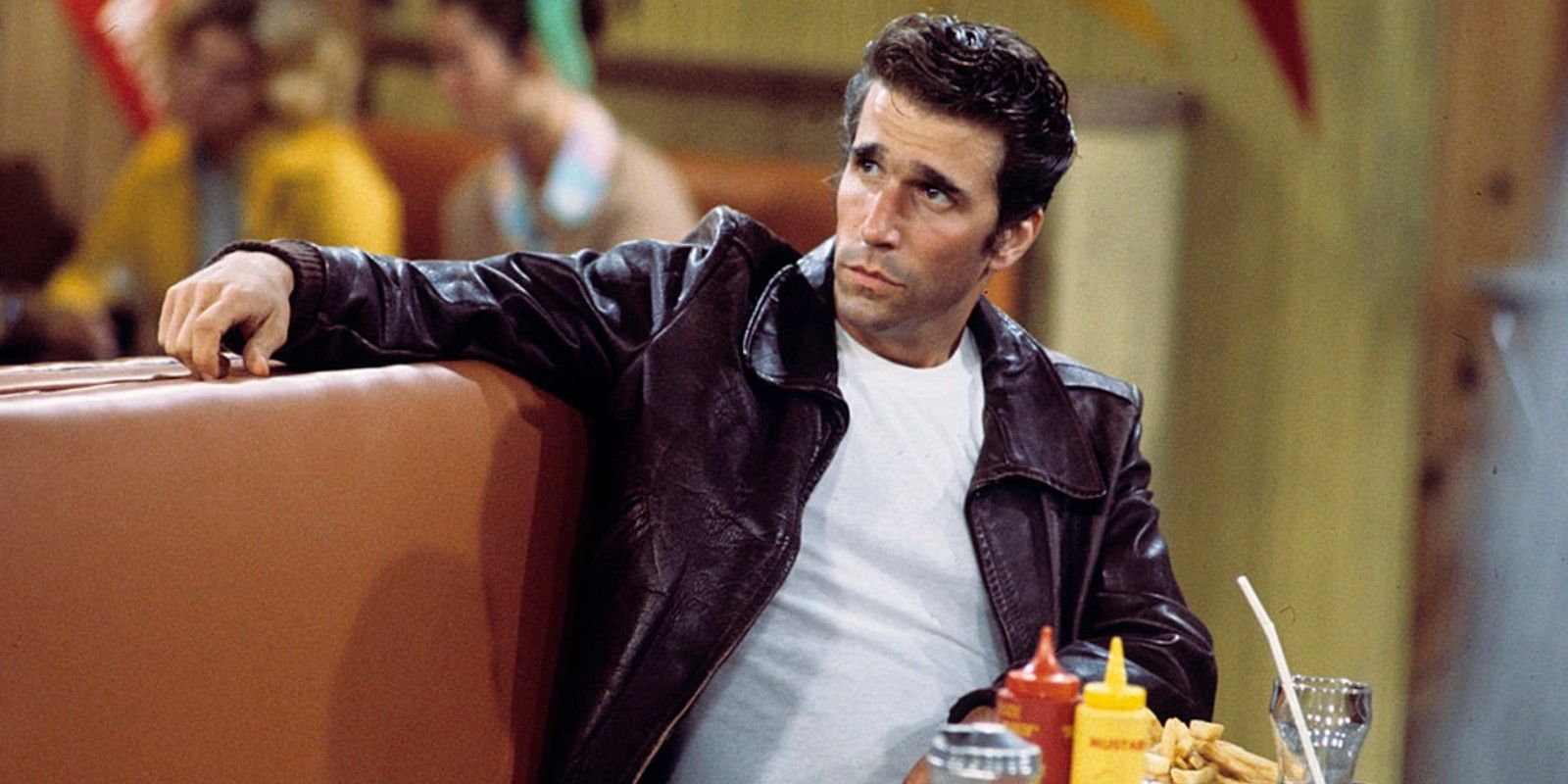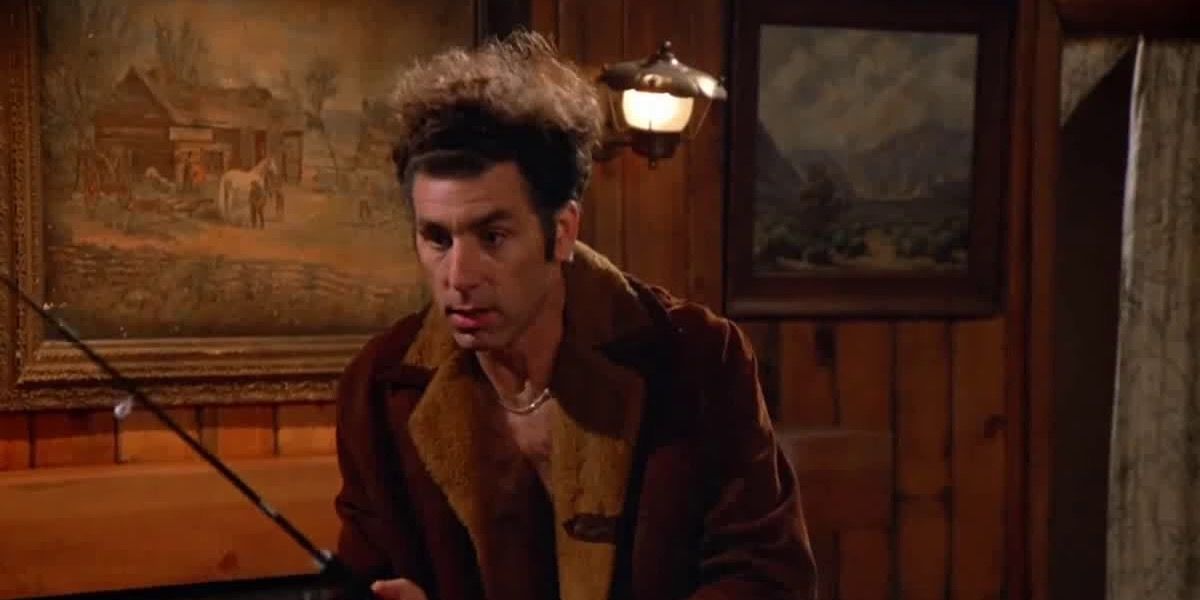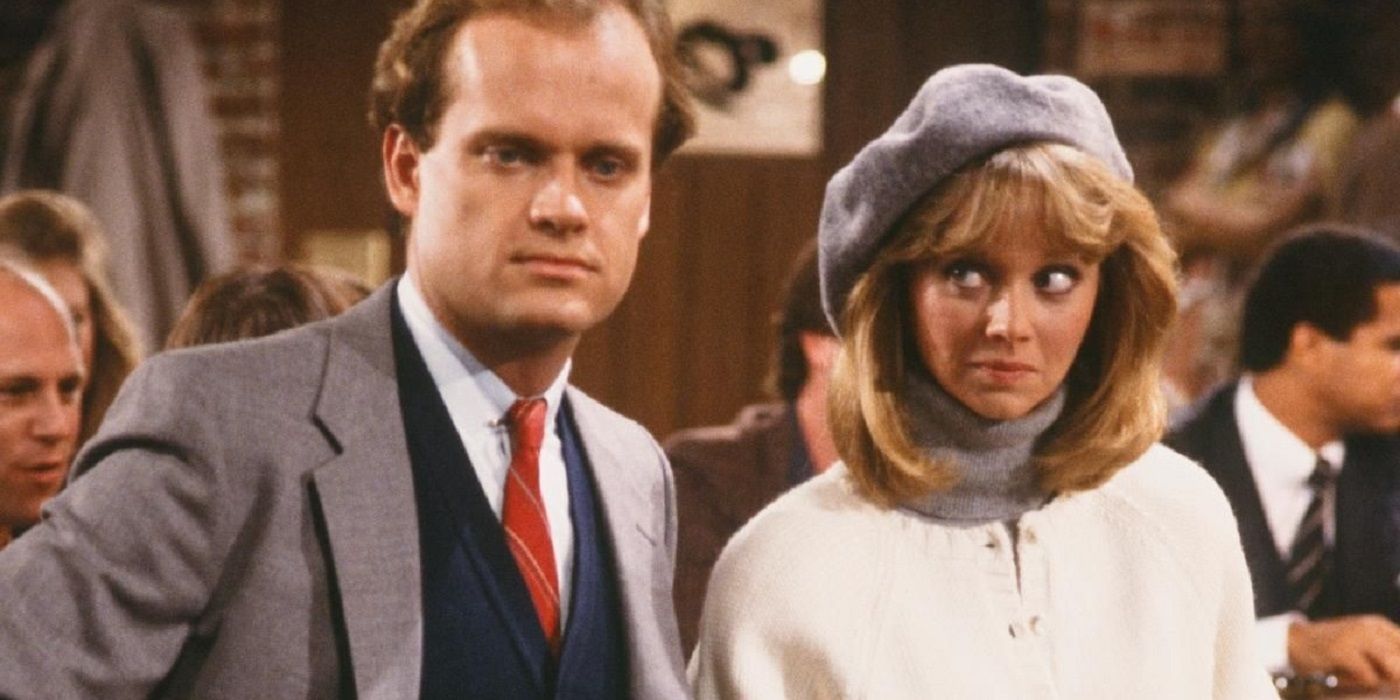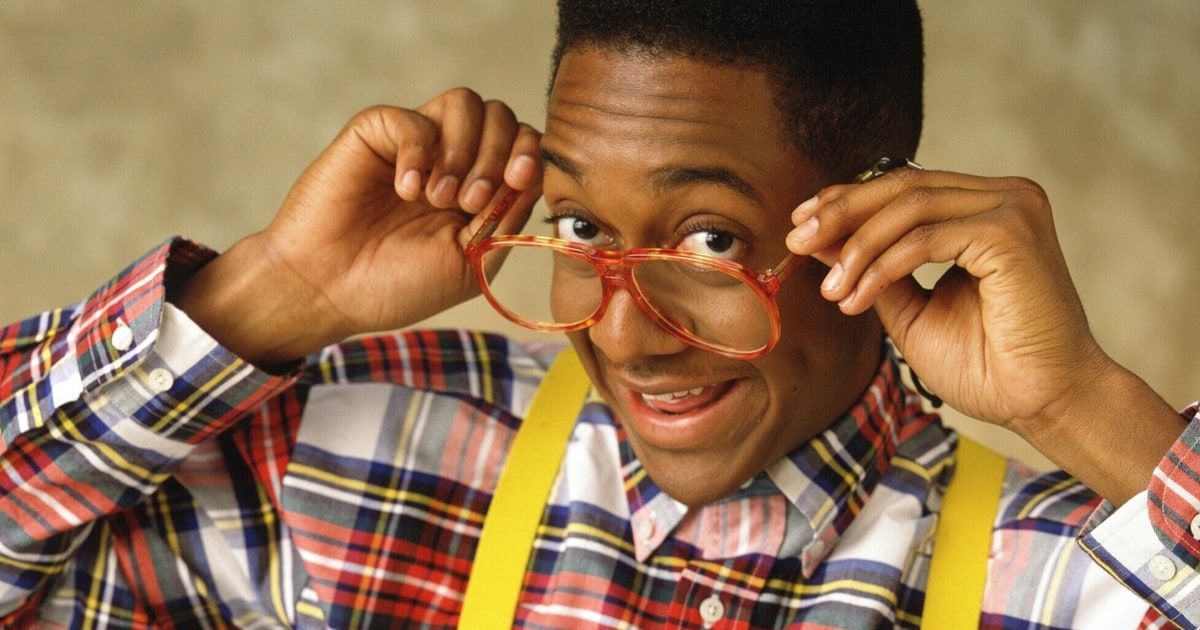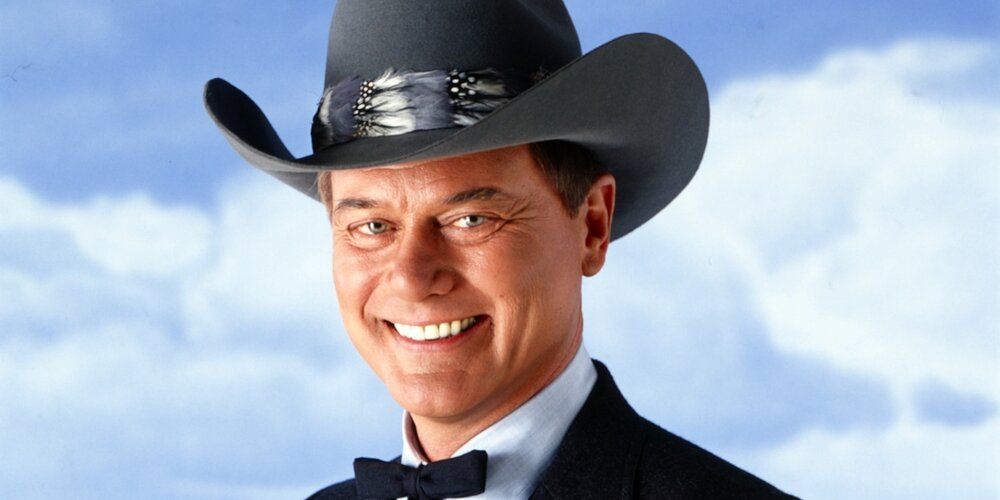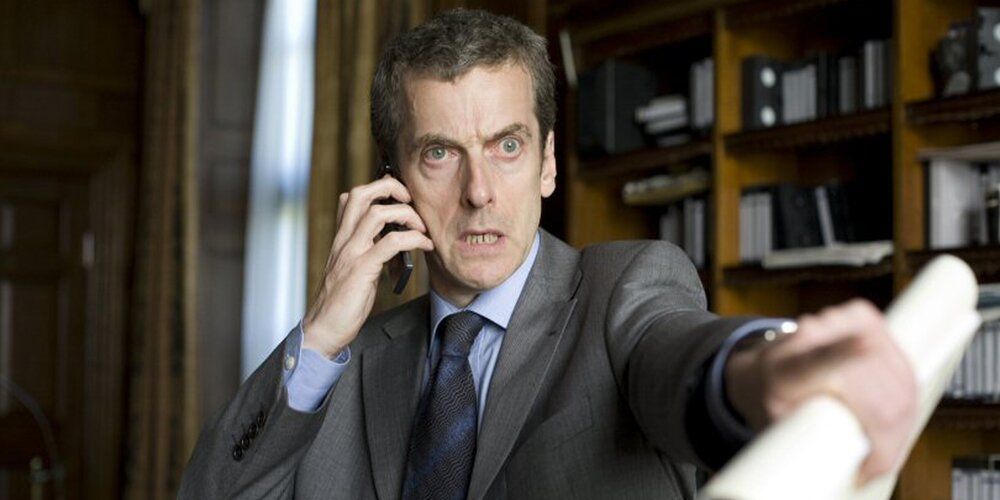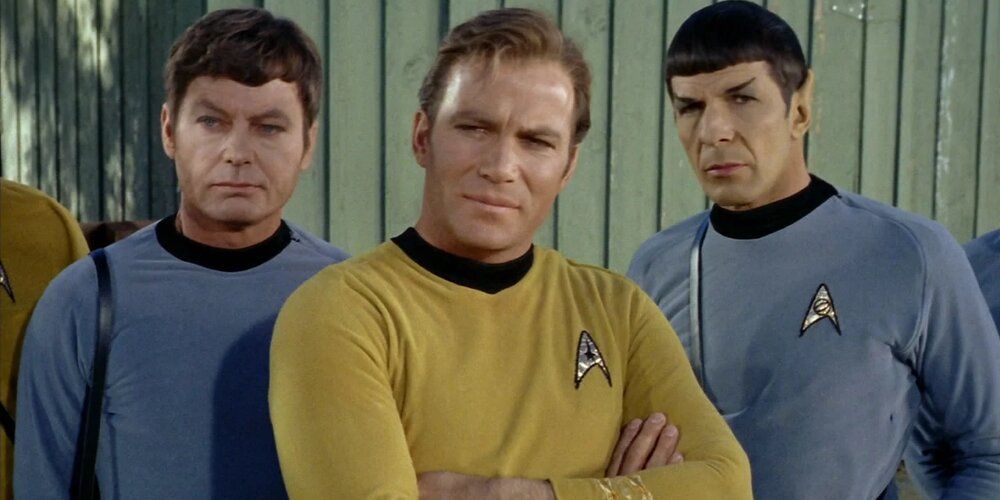In television, a breakout character is a minor or side character who, due to their writing, role, or performance, becomes incredibly popular with fans, leading to increased prominence. Even if initially billed as side characters, or even one-off guest roles, a breakout character receives more focus in the show than the writers initially planned.
In many cases, this just sees a one-off character become a recurring one, or a minor side character get a slightly more prominent role. But in the most extreme cases, a minor character's sudden popularity can see the entire show change format, often in the form of the breakout character joining the main cast, or even becoming the main character themselves.
10 President Bartlet Was Intended For Only Four Episodes A Season (The West Wing)
The West Wing is best known for Martin Sheen's beloved performance as President Bartlet, an idealistic leader of the United States' executive branch who does what he can to improve his country despite the obstruction and difficulties presented by his own life, and by the US political system.
Initially, however, the show was conceived as a "behind the face" look at the senior staffers of the White House, with Bartlet himself a minor presence appearing in only a selection of episodes per season. Sheen impressed both the production team and audiences, however, re-centering the show around the president.
9 Felicity Smoak Changed Oliver Queen's Romantic Life (Arrow)
In the early seasons of Arrow, the single Oliver Queen has teases of romance with Laurel Lance, a member of his team helping him in his crimefighting. In a single Season 1 episode, there is a one-off Queen Consolidated technician named Felicity Smoak, who endeared herself to audiences.
The result was Smoak becoming a member of the main team, becoming Oliver's love interest, and finally taking top billing in the opening credits. This, however, coincided with a decrease in her popularity as many fans came to dislike her once she was already inextricably linked with the show.
8 Ben Became A Major Antagonist (Lost)
The Others were a major antagonistic force in Lost, with mysterious objectives that set them into conflict with the survivors of Oceanic Flight 815. For much of the show, Benjamin Linus serves as their leader, and a focal point for the battle between the two groups.
This wasn't the case at first.. Linus was originally a minor Other who would appear in three episodes, with a small, self-contained storyline. Fan reaction saw this number of episodes gradually increased, until finally Linus became a series regular and one of the show's longest-running antagonists.
7 The Fonz Was Basically A Background Character At First (Happy Days)
Fonzie from Happy Days was undoubtedly the show's main character by its end, dominating the main storylines, delivering on its themes, and being the central character in the show's infamous "shark-jumping" moment.
Originally, the show focused on Richie Cunningham and Potsie, with Fonz not even appearing in every episode. However, his popularity took off, and the studio responded by retooling the show to focus around him. In a more extreme example than most, there were even plans to change the show's name to Fonzie's Happy Days.
6 Kramer Gave The Show About Nothing Its Quartet (Seinfeld)
Seinfeld was initially intended to have only two main characters in Jerry Seinfeld and George Costanza, and tell the story of their attempts to navigate modern life. However, the studio mandated a female main character, giving a trio of the two of them plus Elaine Benes. Cosmo Kramer, in the first few episodes, is merely an eccentric neighbor who drops in and out.
Fan popularity saw Kramer appear more and more, until before long, the show had its now-iconic quartet of amoral main characters whose nefarious acts and rambling conversations would become beloved by audiences.
5 Frasier Dominated The Series That His Solo Show Was Spun Off From (Cheers)
Frasier Crane began as a minor character in Cheers, slated to appear in only a few episodes in Season 3 of the show as the love interest of regular Diane Chambers. The show's first two seasons focused on bartender Sam in that role.
While Fraiser never became the main character of Cheers, he nonetheless went from an incidental third wheel in Sam and Diane's ongoing storyline to one of the show's major and best-known characters— to the extent of receiving his own self-titled spin-off.
4 Urkel Went From Occasional Comic Relief To Full-On Central Character (Family Matters)
Initially, Family Matters was a spin-off of Perfect Strangers, intended to showcase Carl and Harriet Winslow in their own show. Before long, however, these two characters were joined, and eventually supplanted, as main characters by Steve Urkel, who became the show's most iconic part.
Urkel was initially intended to be a one-shot character in a Season 1 episode, but the iconic performance and stranger mannerisms kept him around, gaining more and more popularity, until he ultimately made the show almost unrecognizable from its intended premise (much to the dismay of some of the cast).
3 J.R. Became The Lead Character Of A Show That Was Previously An Ensemble Drama (Dallas)
When Dallas was first conceived, it was a show telling the story of the Ewing family and their internal drama, with the conflicts between the ensemble characters propelling the plot.
J. R. Ewing, however, captured audiences with his charismatic villainy and his chemistry with Linda Grey, quickly giving the show a main character where previously it had had none. So iconic was J.R. in this formerly-ensemble show, that Who Shot J.R.? became one of the most iconic TV plotlines of all time.
2 Malcolm Tucker Went From Minor Antagonist To Joint Lead Protagonist (The Thick Of It)
The Thick Of It, much like The West Wing, initially focused on the staffers of a small government department, with the protagonist being ineffectual and hapless Minister for Social Affairs and Citizenship, Hugh Abbot, and his aides Ollie Reeder and Glenn Cullen. Peter Capaldi's Malcolm Tucker appeared in every episode, but as an antagonistic figure who all other characters lived in fear of, and would typically provide an expletive-laden rant before leaving and allowing the other characters to resume the limelight.
When star Chris Langham was removed from the show, Capaldi was instead promoted to a leading role. The show began to tell the joint stories of the new Minister, Nicola Murray, and Malcolm Tucker's political machinations to protect his party and return them to political relevance, with the final episode centring around him almost entirely.
1 Spock Completed An Iconic Sci-Fi Trio (Star Trek)
In an unusual case, the popularity of a side character in Star Trek saw two characters pushed to the forefront. Originally, the show was primarily about Captain Kirk as he led the ship Enterprise, with Spock merely as his science officer. However, Spock's unique emotionless characterization and alien culture saw him rise in popularity, threatening Kirk.
In response, the show pushed a new format with its main characters, the iconic trio of Kirk, Spock, and McCoy. Spock and McCoy would argue the logical and emotional perspectives of a situation respectively, with Kirk eventually coming to a decision incorporating both of their points. The result was wildly successful, and changed Star Trek's writing permanently.

